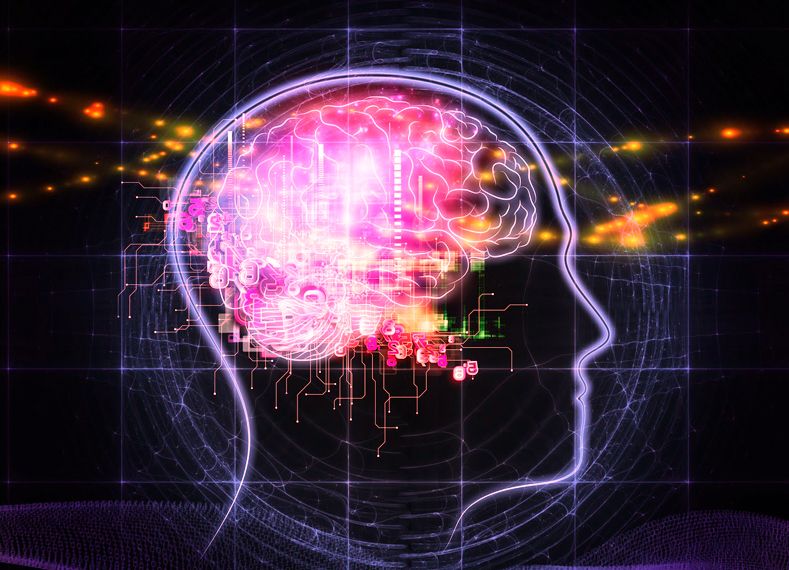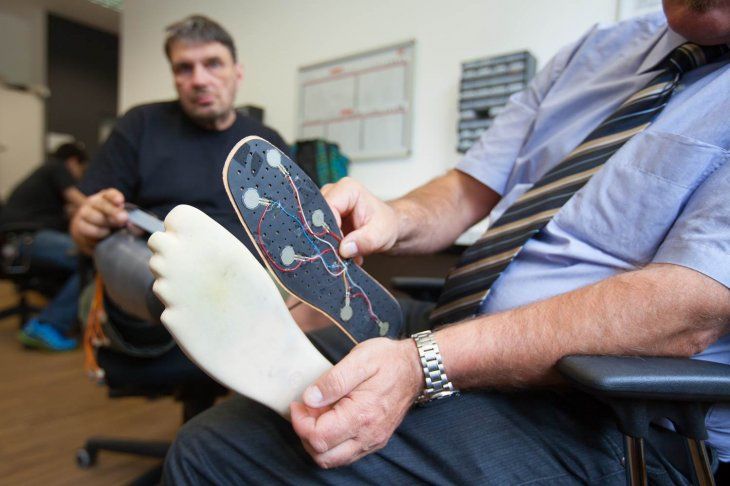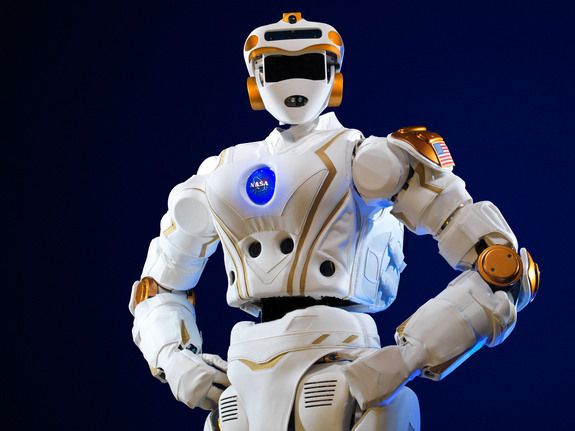Jul 3, 2015
Capturing JFK’s Space-Age TWA Terminal Before It’s Revamped | Curbed
Posted by Odette Bohr Dienel in category: architecture
When Lori Walters heard that the future of the iconic TWA Flight Center at JFK airport was up in the air—given that the Eero Saarinen-designed landmark from 1962 was being eyed for redevelopment—she acted quickly. A historian and researcher at the University of Central Florida’s Institute for Simulation & Training, Walters and her team at ChronoPoints use three-dimensional terrestrial laser scanning to document historic buildings. The scanning process results in highly detailed digital models that can eventually be incorporated into educational programming about the structures. While the terminal, beloved during its prime and even to this day (even though it sits unused), had long been on Walters’s mind, she said news of the plan to convert it into a hotel caused her to bump it up to the top of her scanning queue.
















